Late Summer Bass Fishing: ABC’s to Catching Big Bass
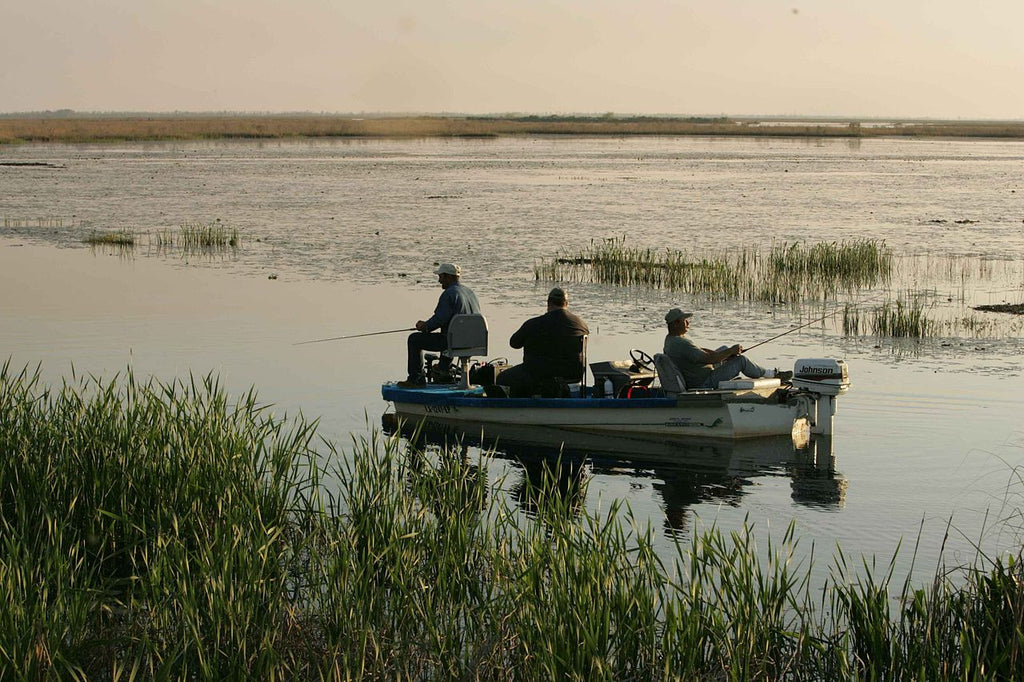
Late summer can be one of the best times to land the biggest bass of your life. But if you use the wrong tactics and gear, it can be one of the most frustrating times to fish. Countless lakes and rivers in parts of the Twin Cities Metro Area offer outstanding opportunities to catch Largemouths and Smallmouths alike from the season opener through well into the fall. To keep you in the action I’m offering some of my best strategies and techniques for chasing monster summer bass. Before you hit the waters, check out these tactics and bait suggestions.
For late summer bass, you have to know where to find them. Largemouths and Smallmouths are often deep and lethargic during this time of the year, and they’re also frequently starting to relocate and suspend at mid-depth ranges as forage begins to move. This is when a lot of professional anglers and tournament anglers start following the ABCs of summer fishing. The ABCs stand for aquatic vegetation, bridges, and current, three shortcuts to finding big fish.
I’ve learned through many years of chasing bass here on the waters of Minnesota and fishing many bass tournaments to know that these fish do not stop feeding. Bass often burn a lot of fuel, so they need to feed very often.
Aquatic Vegetation: Bass love lily pads, hyacinths, and other greenery because they hold forage such as baitfish and sunfish. Also they provide cover, shade and higher oxygen. I would look for edge irregularities, especially depth changes; brush, logs, or rocks with vegetation; or patches of greenery. My techniques and tackle include Topwater frogs over the top and through openings, flipping jigs and Flappin’ Hawgs into open holes; run shallow crankbaits along the outside edges. I use 40-to 65- pound braided Power Pro line for frogs and jigs; 15- to 20 pound fluorocarbon for crankbaits.
Bridges: Bass love cover, shade, and abrupt depth changes. Nearby rocks often hold forage. I constantly look for brush lodged on the upstream side of pilings, current breaks behind pilings and baitfish around pilings. I cast a spinnerbait or crankbait parallel to pilings. I also love fishing this area with a drop-shot rig with a finesse worm. Use 8- to 15- pound fluorocarbon line.
Current: Bass like moving water because it produces higher oxygen, washes in food, and usually creates cooler temperatures. I would look for eddies and protected calmer water; rocks, small islands, and other visible cover like stumps and logjams. I prefer to cast light jigs, plastic grubs, or Texas-rigged Senkos and Wacky worms upstream and let the current carry them into the quiet eddies. You can try working small buzzbaits across calmer areas, especially in early mornings or late evenings. I use 12- to 15- pound fluorocarbon line for strenth and visibility.
There’s no doubt the summer’s winding down, the kids are getting ready to return back to school and most of the bass on your favorite lake or river have seen it all by now. Now is the perfect time to also change gears and try something new or different. Bring some new life into your bass tactics and you never know---you might land that trophy bass into the boat.
- Josh Stevenson
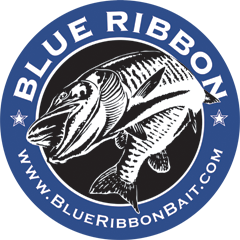
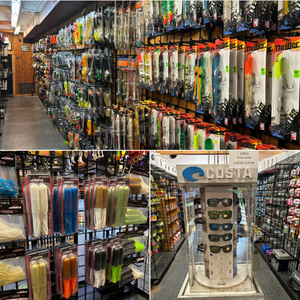
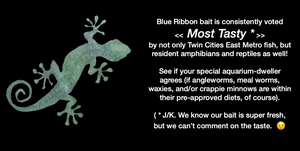
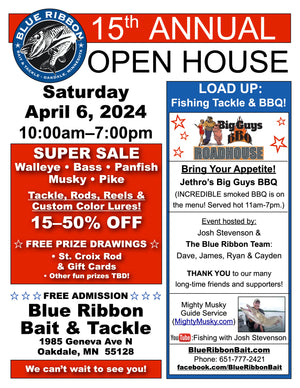
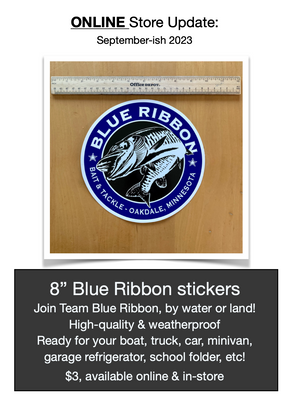
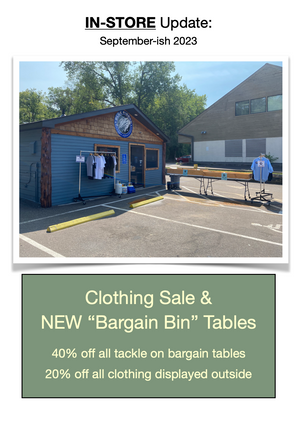

Comments 0